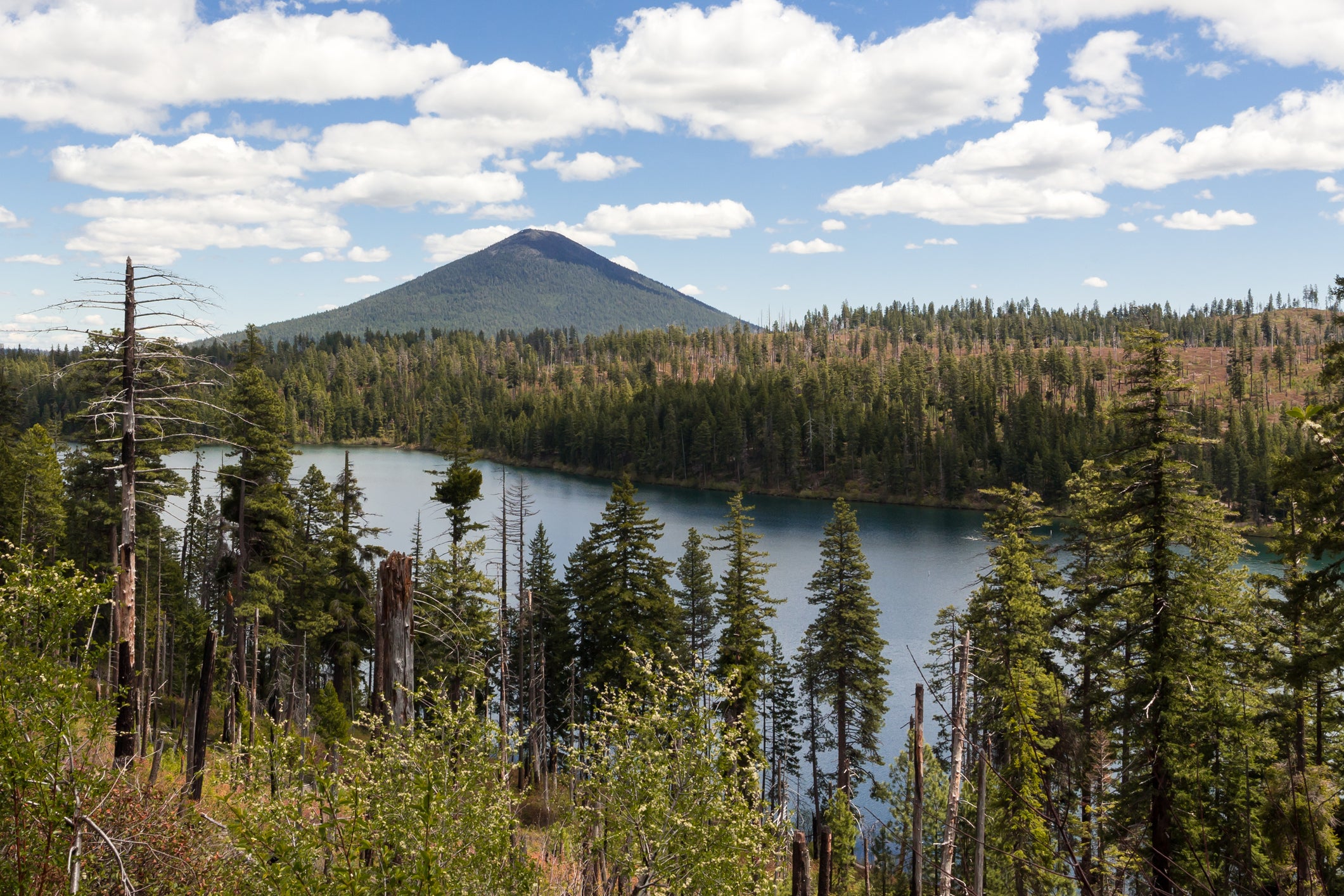This website uses cookies so that we can provide you with the best user experience possible. Cookie information is stored in your browser and performs functions such as recognising you when you return to our website and helping our team to understand which sections of the website you find most interesting and useful.

Species that are vulnerable to climate change could be protected in areas dubbed biodiversity 'lifeboats' according to new research.
Ecologists and conservationists are studying why some areas are more resilient to extreme events, such as fire and drought, and how they could protect at-risk creatures as the impacts of climate change increase over time.
Officially called 'disturbance refugia — biodiversity 'lifeboats' more informally — they are a burgeoning new area of scientific research.
The areas will become increasingly important to help save species from extinction as the impacts of climate change and increased agriculture eating become more severe.
With careful planning, these 'lifeboats' can act as "stepping‐stones for multiple species as climates continue to change", according to Oregon State University researchers. Combined with the study of climate‐change adaptation, it can provide practical information for land resource managers to think about solutions for protecting vulnerable species.
Forest ecologist Meg Krawchuk, who co-authored the new paper, said these locations share characteristics that shield them from some of the damage that climate change can do in other parts of the landscape, including the type of terrain and vegetation; proximity to bodies of water such as rivers, lakes and streams and the direction of slopes.
Ms Krawchuk told The News Guard: “Detecting refugia in multiple places and at different times and understanding what’s behind their occurrence, persistence and value in sustaining biodiversity are important frontiers in science and land management.
"Developing a disturbance refugia framework that recognizes multiple types of forest disturbance under one banner is an important step for research and management of forest ecosystems that are changing as the planet warms.”
She gave the example of the northern spotted owl in the Pacific Northwest which takes refuge in old-growth forests but explained that they are "slowly being nibbled away by recent high-severity fires".
Although recent studies have focused on the impact from wildfires, climate change is likely to bring more severe droughts and insect outbreaks that will alter ecosystems and erode biodiversity.
The study led by Ms Krawchuk and Garrett Meigs, from OSU's College of Forestry, explored how an overlap of disturbances can affect biodiversity 'lifeboats'.
Refugia science can apply beyond forests and has shown other uses, in light of the Covid-19 pandemic. Ms Krawchuk added: “We’re increasingly realizing that refugia science might provide theory and analysis of the critical role of refugia in social and ecological resilience.
“For example, as resistance to diseases that can be transmitted from animals to humans, pandemics like COVID-19, political turmoil, violence and land use issues, particularly in the context of extreme events. Refugia are areas of resistance that contribute to system-level resilience.”
The research paper was published earlier this month in the journal, Frontiers in Ecology and the Environment.



 Africana55 Radio
Africana55 Radio 

